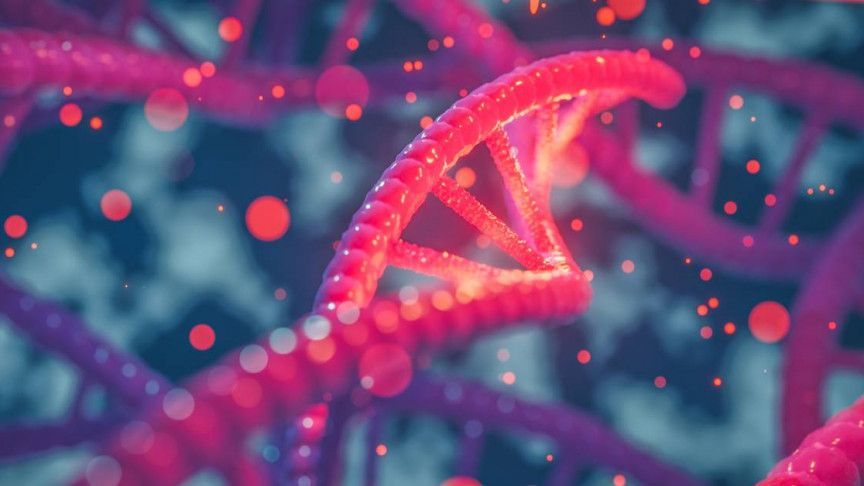Melanie Matheu is the CEO of Prellis Biologics. As a scientist, entrepreneur and somebody with a huge vision about the future of organ replacement this podcast literally asks what if we could print life from light. Laser-printing organs and vascular systems to give everybody another chance has incredible value. It changes the dynamics of how to handle endemic diseases like diabetes and many other organ issues, liver, kidney and maybe eventually very complex systems like the nervous systems inside our bodies. It’s a two-part podcast because the range of ideas and possibilities this brings up are almost infinite.
What if you could get life from light? Our guest today is doing exactly that. From laser printing of vascular elements to eventual full laser printing of organs from kidneys to livers and maybe eventually nervous systems, the ideas today are well within the grasp of reality in ten years’ time. Just imagine how this will change our medical systems, what doctors focus on and how we solve major global health crisis like diabetes. Imagine how it could give huge numbers of us a second, third or even fourth career as it expands life into the 80s, 90s and beyond.
Everybody who listens to these two podcasts will be affected directly or indirectly by the ideas Melanie is bringing to life. There is a very different to the future of organs, one that is far closer than we might have thought possible. That also means the questions and ideas about how we manage our bodies are going to change, very quickly.






